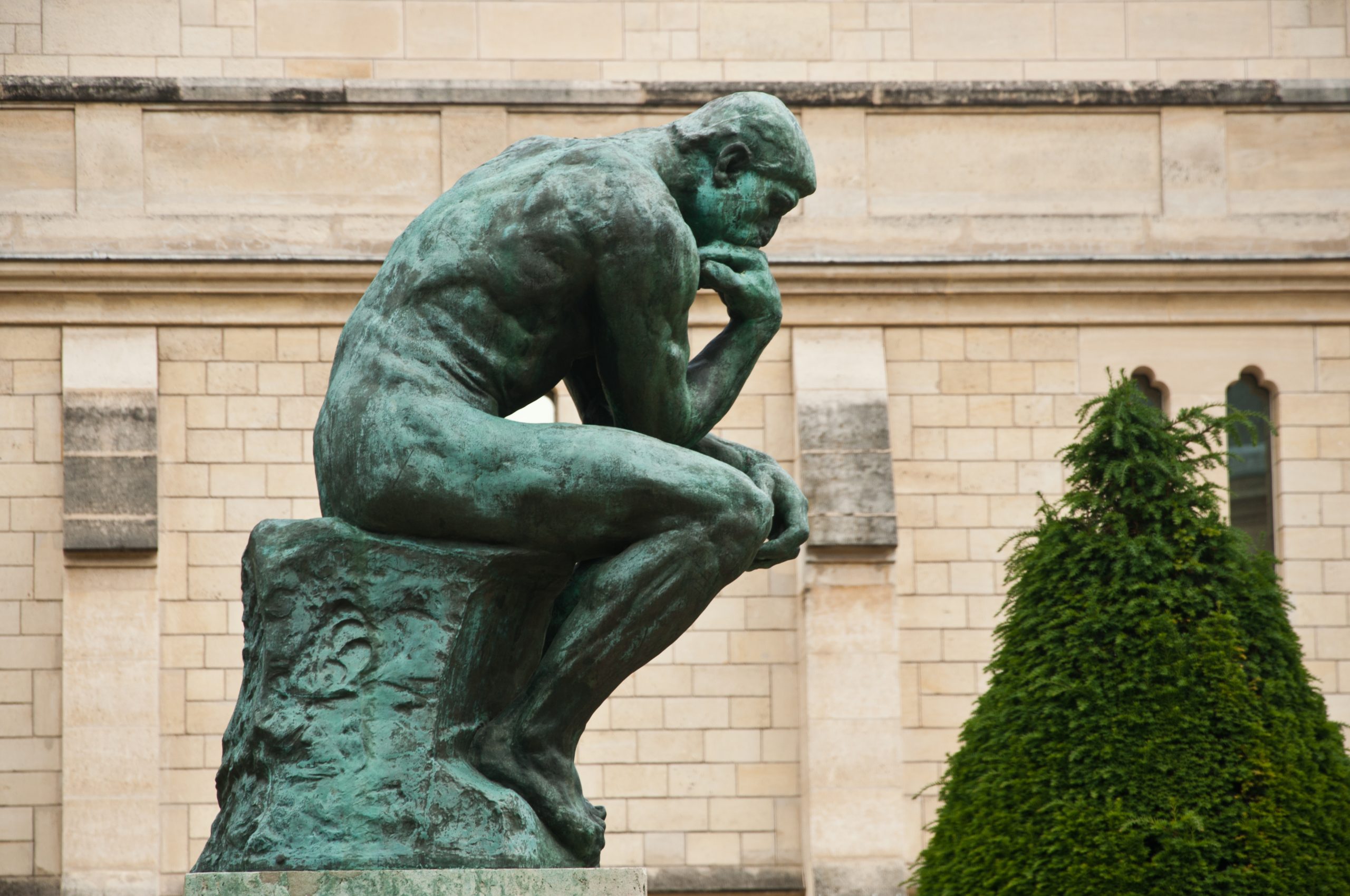5 Min Read
What Really Divides Us
Ideological division has become the dominant paradigm of our age, with many manifestations of those differences.
Conservativism versus liberalism is an example, populism versus nationalism is another. In the United States, the lines between red and blue have never been sharper, and turning on the nightly news is sure to bring an angry chorus of people brandishing pitchforks on one side or the other. Happily, that global dynamic is diminishing, and the temptation is to ascribe the shift to the outcome of the recent U.S. presidential election. But that conclusion is false, because there are more fundamental forces at play in the crescendo of division that we’ve seen. If the happy diminution of angry rhetoric is to continue, it’s necessary to understand the mechanics of division.
It’s been suggested that values unite, whereas beliefs divide. But this is inaccurate because it ignores the intimate relationship between values and beliefs. Sophisticated (and manipulative) shapers of political opinions understand this relationship and they deliberately blur it, and we need look no further than wedge issues such as abortion, which calls upon both religious/personal beliefs, as well as the values that underlie those beliefs. The positioning is that “if you hold this belief, you automatically have values that are opposed to mine.”
But the beliefs and values argument is completely spurious.
Thomas Jefferson regularly held dinners where he purposely brought together people with opposing viewpoints that were grounded in both different values and different beliefs, and the most illustrative example is how he gathered people with opposing viewpoints on slavery . . . on a site that was serviced by slaves. Such people had different beliefs about slavery, and those beliefs took on a moral tone because of the different values they ascribed to that issue. And yet they were able to disagree agreeably, despite differences in both values and beliefs.
Why then, can we not do the same?
The answer lies in this fundamental reality: People with opposing viewpoints are prone to divisiveness if one or both of them is vulnerable in that viewpoint. If, say, I’m opposed to capital punishment and you support it, we’re not likely to get into a row for the simple reason that I don’t expect to face execution any time soon, nor will anyone I know. But things get interesting if the issue is closer to home. Let’s say I feel that I pay too much in taxes, and you favor raising taxes. Are we heading for a conflict then? Behavioral science tells us it’s a function of how badly it would hurt me if my taxes were in fact raised. If it’s a nuisance, we’ll probably have a healthy intellectual debate. If it’s an existential threat, the conversation might deteriorate. In this way, it is defensiveness that divides us.
Political spin doctors and unscrupulous advertisers have been adept at manufacturing vulnerability and raising our defenses. They have convinced us that “the opposing view” is a real threat. But these contrived threats are best described by a plain term: BS. But the pandemic has changed all that, because suddenly we all faced a real threat, and one that was existential for many; there was no BS about it. As that threat recedes, the veil has been lifted—we can see with clarity what a real threat is, versus the contrived threats pushed on us by those who seek to gain from sowing divisiveness. We see the contrived threats are in fact not threats at all. And as we cautiously breathe a sigh of relief as the pandemic recedes, so too can we experience the release of pressure as our own defenses are lowered.
The next time you feel yourself lapsing into divisiveness, ask yourself a simple question: If the other party’s viewpoint prevailed, how badly would it hurt you, really? For it’s defensiveness that divides us, and if you can lower your own defenses, it’s a step towards a less divisive world.




